Abundance: common
What: young leaves and shoots, roots
How: raw or cooked, roots roasted for coffee
Where: disturbed areas, yards, sunny fields
When: winter/spring/fall
Nutritional Value: minerals and antioxidants
Medicinal Summary:
Leaves/Root - sedative, muscle relaxant (tisane, tincture)
Cluster of Cat's Ear plants (mowed).
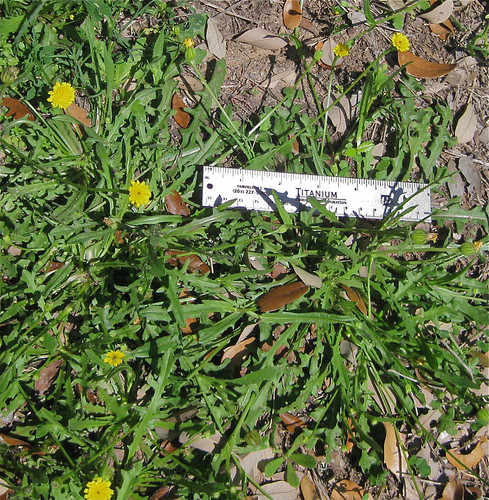
Cluster of Cat's Ears (never mowed).
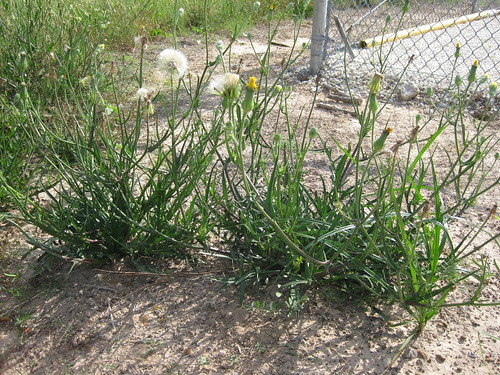
Young Cat's Ear rosette, before flower stalks appear.
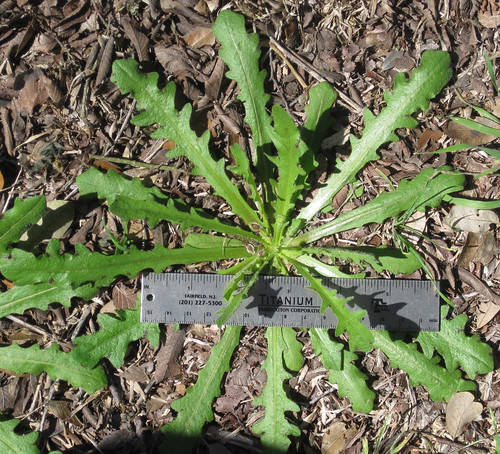
Close-up of topside of leaf.
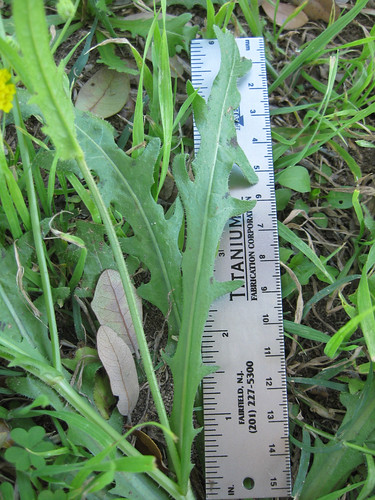
Close-up of bottom side of leaf.
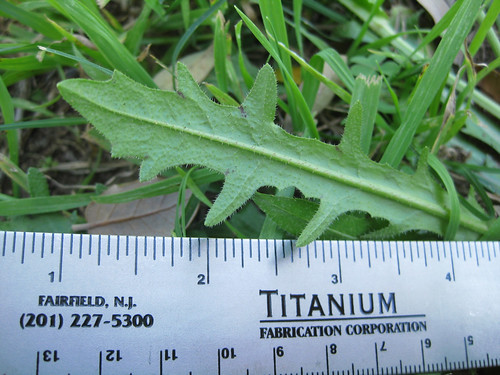
Close-up of flower bud and stalk.
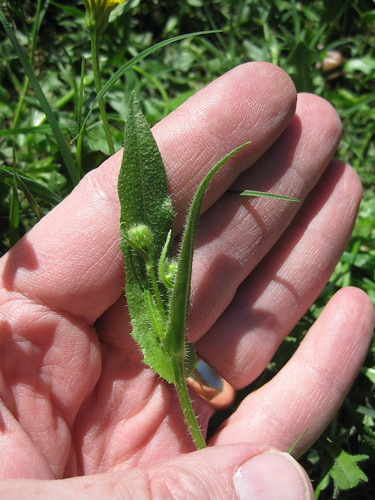
Close-up of flower.

Close-up of seeded.

A single plant from root to flower.
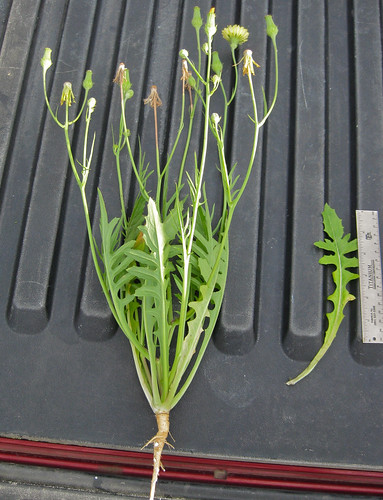
North American distribution, attributed to U. S. Department of Agriculture.
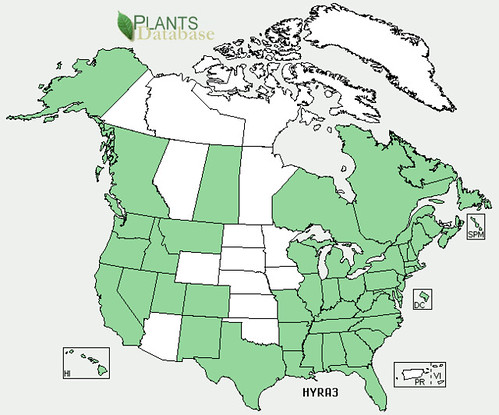
Cat's ear is often mistaken for a dandelion, which it resembles. However, the leaves of cat's ears are less sharply toothed and more asymmetrical than dandelions, as well as having hairs on the top and bottom of the leaf whereas dandelions are hairless. Cat's ears will produce multiple flowers of one main, non-hollow stalk while dandelions produce only one flower per stalk and the dandelion stalk is hollow.
Cat's ear leaves and roots can be used in the same manner as dandelions. The leaves are a bit less bitter than dandelions, making them a good "dilutant" of the bitterness of dandelions, sow thistle, chicory, or other bitter greens. After the cat's ear flowers appear the leaves become somewhat stringy and tough, but tenderize with steaming or boiling.
Cat's ear roots are smaller than dandelion roots, but larger ones can still be steamed then eaten. These roots make an inferior coffee substitute after roasting, but will still work in that manner. Dig up the roots, scrub them clean, roast them in an oven at 425F to the dark color you prefer, coarsely grind them, then using them as regular coffee grounds. The result will be "coffee" in that it will be a dark, somewhat bitter drink.
Cat's Ears have an interesting adaption to urban lawns. After being mowed a few times their leaves and flower stems stop growing upwards and start growing flat against the ground. These two forms are shown in the first photographs of this post.
Edible Dandelion Mimics:
Dandelion
Cat's Ear
Chicory
Japanese Hawkweed
Salsify
Sow Thistle
Texas Dandelion
Wild Lettuce
Buy my book! Outdoor Adventure Guides Foraging covers 70 of North America's tastiest and easy to find wild edibles shown with the same big pictures as here on the Foraging Texas website.

